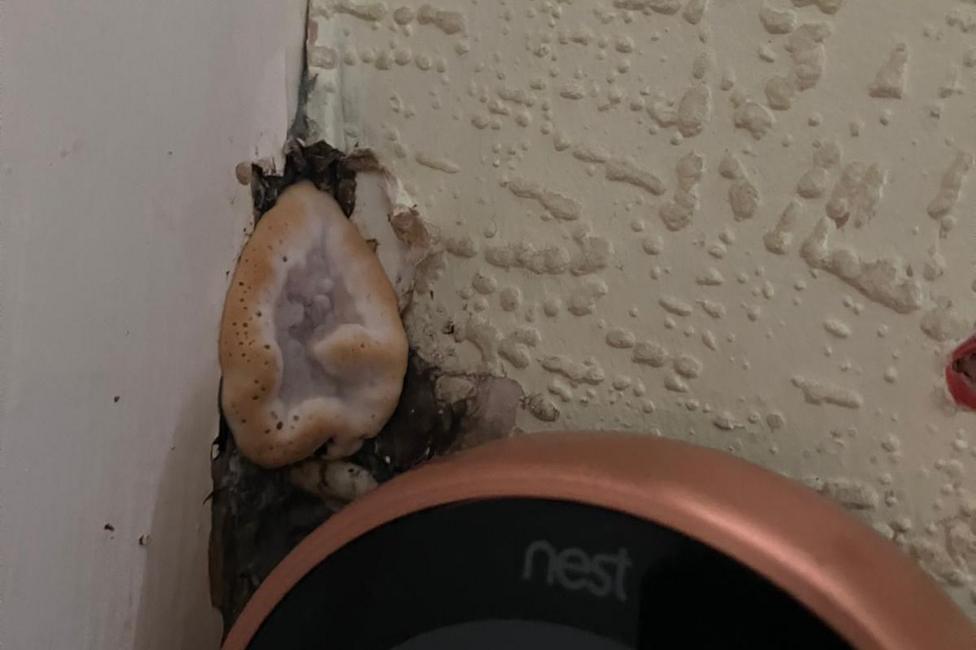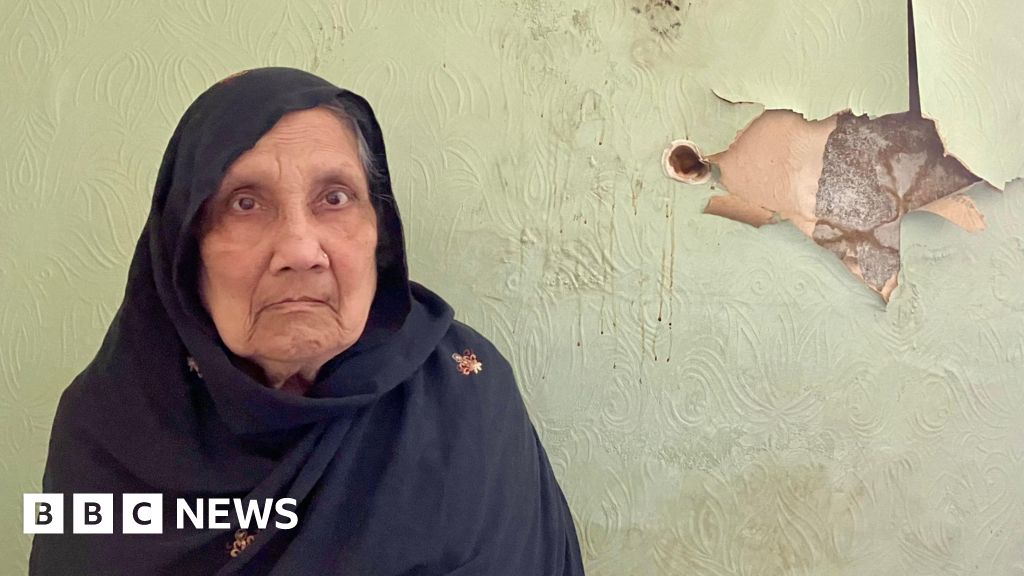- cross-posted to:
- [email protected]
- cross-posted to:
- [email protected]
In November 2022, Mrs Khatun had her house insulated under a government scheme known as ECO 4. It is designed to help low-income households make their homes warmer and cut their energy bills. Insulation boards are fixed to the exterior brickwork of a house and then coated in render.
More than three million homes in the UK have had insulation fitted under government ECO schemes, which are paid for by the energy companies, with the cost passed on to all consumers through their energy bills.
The BBC revealed earlier this year that hundreds of thousands of these homes could have insulation that wasn’t installed to the required standard. Within months of Mrs Khatun getting her insulation fitted, it became clear that this was the case in her house. A surveyor’s report shows how rainwater penetrated the house leading to the damp, mould and dry rot.




I like to think of it like a passive action that helps handle the smaller amounts of moisture (humans breathing, cooking, laundry), but also an action that helps reduce the problems of acute issues that occur. That way, when something does happen, there is at least a dampening effect while the leak is fixed.
Leaks and rising damp still need to be addressed, obviously.
Examples are things like vermiculite render on the outside, Steico/Wool batts as normal insulation.
The downside is, it’s expensive. The insulation is only as good as fibreglass/rockwool, and costs about 3x as much.